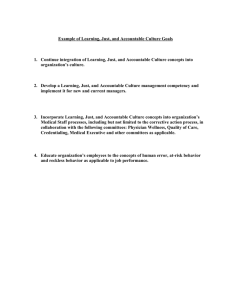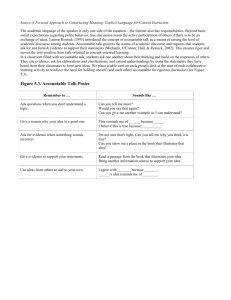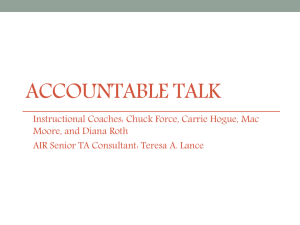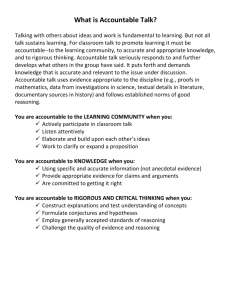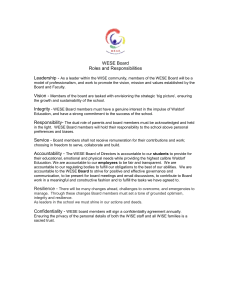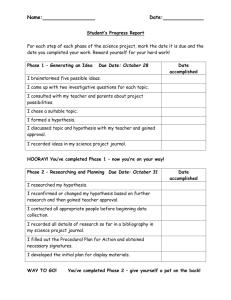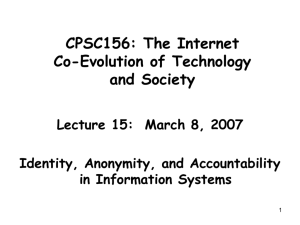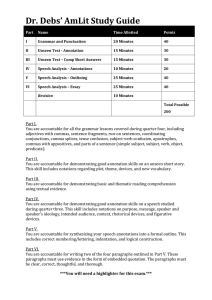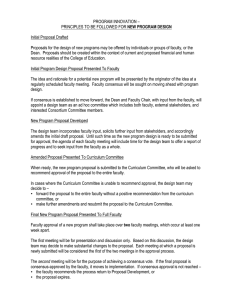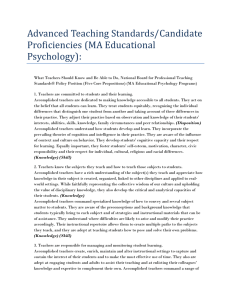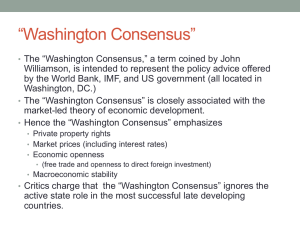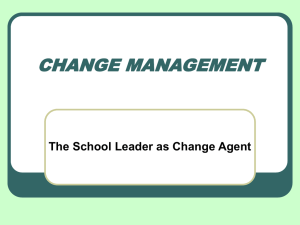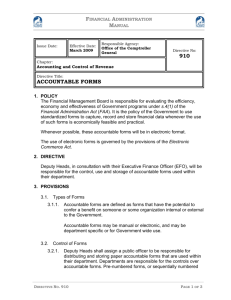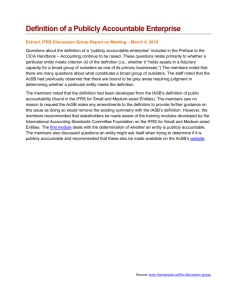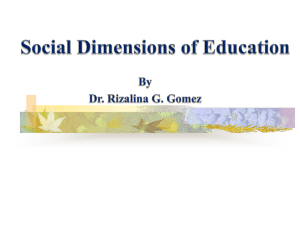Practices of Effective International School Principals: Part II
advertisement
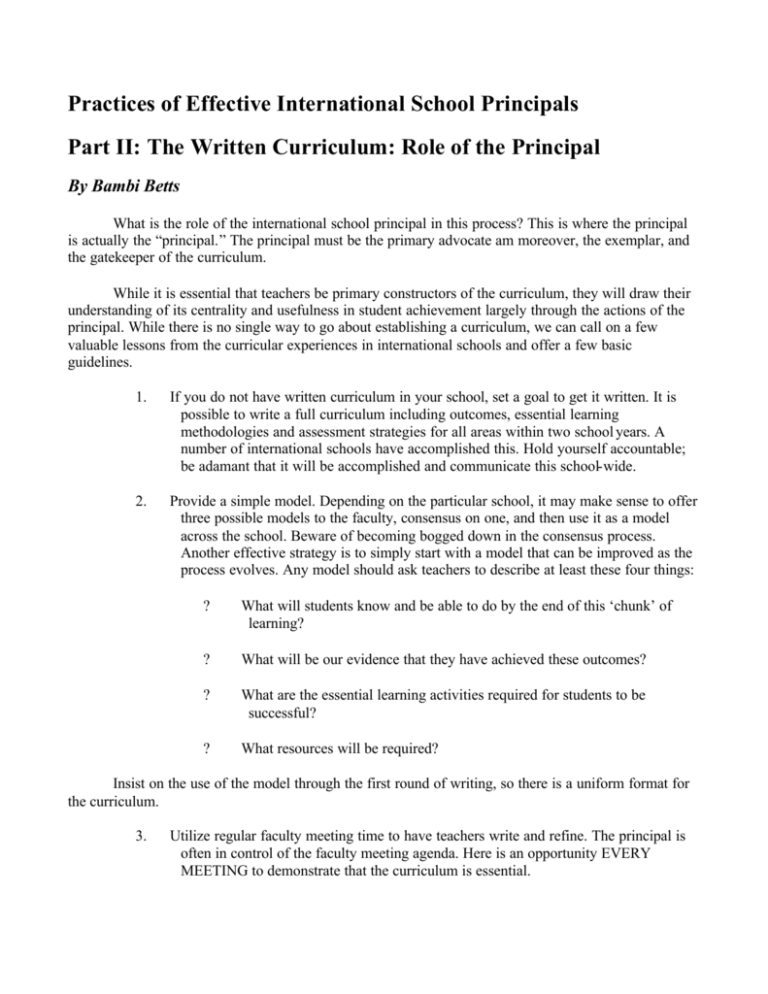
Practices of Effective International School Principals Part II: The Written Curriculum: Role of the Principal By Bambi Betts What is the role of the international school principal in this process? This is where the principal is actually the “principal.” The principal must be the primary advocate am moreover, the exemplar, and the gatekeeper of the curriculum. While it is essential that teachers be primary constructors of the curriculum, they will draw their understanding of its centrality and usefulness in student achievement largely through the actions of the principal. While there is no single way to go about establishing a curriculum, we can call on a few valuable lessons from the curricular experiences in international schools and offer a few basic guidelines. 1. If you do not have written curriculum in your school, set a goal to get it written. It is possible to write a full curriculum including outcomes, essential learning methodologies and assessment strategies for all areas within two school years. A number of international schools have accomplished this. Hold yourself accountable; be adamant that it will be accomplished and communicate this school-wide. 2. Provide a simple model. Depending on the particular school, it may make sense to offer three possible models to the faculty, consensus on one, and then use it as a model across the school. Beware of becoming bogged down in the consensus process. Another effective strategy is to simply start with a model that can be improved as the process evolves. Any model should ask teachers to describe at least these four things: ? What will students know and be able to do by the end of this ‘chunk’ of learning? ? What will be our evidence that they have achieved these outcomes? ? What are the essential learning activities required for students to be successful? ? What resources will be required? Insist on the use of the model through the first round of writing, so there is a uniform format for the curriculum. 3. Utilize regular faculty meeting time to have teachers write and refine. The principal is often in control of the faculty meeting agenda. Here is an opportunity EVERY MEETING to demonstrate that the curriculum is essential. 4. Write portions of the curriculum yourself and provide it at the beginning of the process, again, as a model. 5. Create a simple monitoring process to determine if the curriculum works (the subject of part two of this series of articles). 6. Spend a good portion of each day reviewing unit plans, assessment tools and student work with individual teams of teachers. The primary work of the school is student learning. In many international schools, every teacher is part of the curriculum writing process. Some work through committees. In either case, the principal should be at the center of the development and monitoring process. It is often the lack of clarity about who owns and is accountable for the curriculum that keeps it on the shelf. If the major role of the principal is to ensure maximum learning, a central piece of every principal’s day should include activities related to insisting that the curriculum is being written, implemented and is working.
